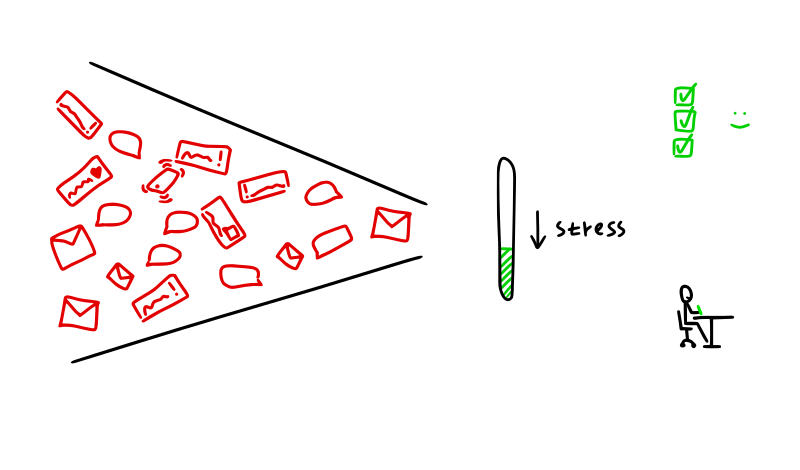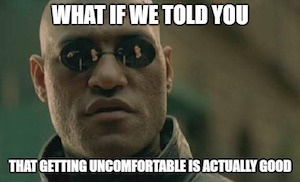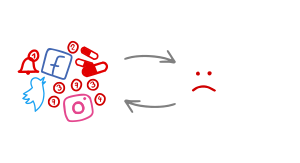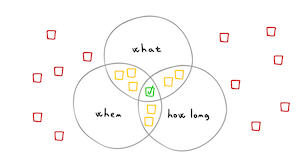Change your choice architecture to procrastinate less
Want to be productive?
This is the basic choice you have: work or have fun.
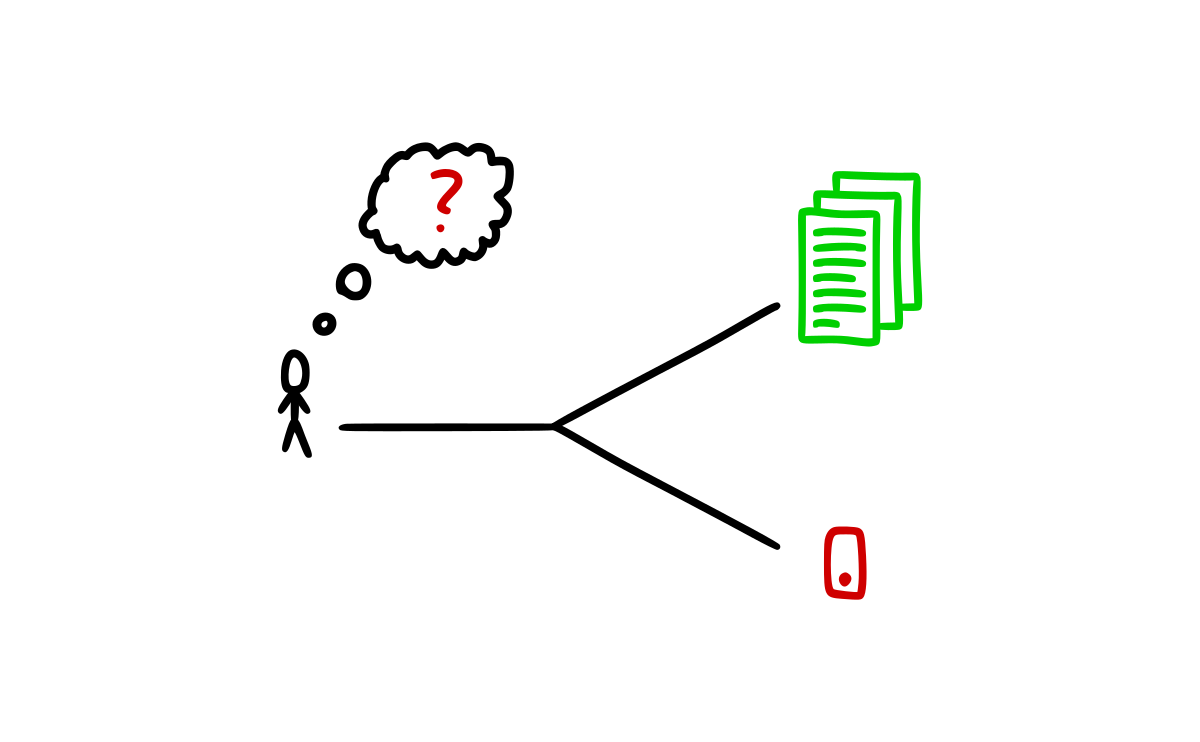
Use your phone or open your laptop?
Open a new tab or stay working in a document?
Start on your to-do list or check the news?
Unfortunately, the Internet has given us an option to get easily distracted whenever we want to be.
Even worse, the distractions are often endless and addictive—that’s a bad combination.
The deck is stacked against you:
Whenever you are just a little bit bored, a little bit stressed, a little bit uneasy, all you have to do is just reach for your phone or open a new tab and you can forget.
This is bad choice architecture.
Change your choice architecture, change your behavior
Choice architecture is a term for how the choices (like the above) you make are set up.
What’s easy to do?
What do you see on your desk?
What reminders are you using to stay on track?
These kinds of factors can have a profound effect on your behavior. That’s your choice architecture.
If you change your choice architecture, you change your choices and in doing so change your results.
As an example, at Google, they were concerned about employees drinking too much soda.
They found out that the soda was placed at eye level (the place we look at most often) while still water was placed low near the ground.
They realized this was bad not great choice architecture—it made the less healthy option easier, and the healthier option harder.
They switched it.
Result?
57% increase in water consumption.
1 simple change, 57% more people making the healthier choice.
With a bit of thoughtfulness, you can use this principle to procrastinate less.
Change your choices to procrastinate less
Let’s take a look at a simple work-vs-fun scenario related to procrastination and the choice architecture of it.
Choice A: Open Google Slides and work on a presentation.
Choice B: Grab phone on your desk and check Instagram.
Analysis:
A is harder. You need to make an effort, you might not know where to start (ambiguity increases difficulty.
B is easier. You just need to tap a couple times.
Result:You’ll likely go for the phone.
How could we change this?
Change:
We can change choice B by hiding the phone in a drawer in Do Not Disturb mode or removing the Instagram app.
So we change the choice architecture to:
Choice A: Open Google Slides and work on a presentation.
Choice B: Stare at the computer screen. Check email.
Analysis:
This is already better because email is less addictive than Instagram. You might even find work-related things there.
But there’s a catch:in reality, you might just switch from distractions on your phone to distractions in the browser.
There's a reason why we get distracted: to escape stress, unease, or other kinds of psychological pain.
Without realizing this and having a strategy for dealing with it, even with your phone in a drawer, your choice architecture will look like this:
Choice A: Open Google Slides and work on a presentation.
Choice B: Check email. Open YouTube & watch videos, or open Twitter, or read the news.
Result:You’ll choose B more often, if this is your choice setup.
By now you're probably saying to yourself:
"Enough of ineffective changes, how do I actually set up the choice architecture well?"
Well, here it is:
Changes:
Again, we can change B by blocking distracting sites in the browser with an extension like ours.
But that wouldn't be enough.
So to deal with the desire to get distracted, we can adopt Neil Gaiman's rule for writing best-selling books: be bored or do write.
In this case, the rule would be be bored or work on the presentation.
Then you’ll have this choice setup:
Choice A: Open Google Slides and work on a presentation.
Choice B: Be bored.
Now, this is the winning choice architecture.
Block distractions in the browser, put your phone in a drawer, purposefully do nothing or do productive work, and you’re much more likely to choose work.
If you set up your choices every day like this (with a bit of willpower), you will make it easier for yourself to work and harder to get distracted.
Bonus tip: make the right choice easy
To make this even more effective, you could also add a concrete goal of creating 5 slides. Not 10, not 20, but only 5. Alternatively, you could have a goal of working on the presentation for 30 minutes.
Choice A: Open Google Slides and work on a presentation for 30 minutes.
Choice B: Be bored.
Having a clear and easily achievable goal stacks the deck in your favor.
Many people who tend to procrastinate create a bad choice architecture for themselves because they don't specify limits to work.
The choice in their mind becomes:
Choice A: Work on a presentation for long hours and have no time for fun.
Choice B: Grab the phone and have endless fun.
Don't do this.
You can work in short blocks of 30 minutes and have plenty of time for fun.
Make bad choices harder and good choices easier
Given this case study of one simple scenario, think about your situation.
What is your choice architecture for productivity?
Which choices are too easy? How could you make them harder?
Which choices are too hard? How could you make them easier?
Which options are visible to you at all times? Distracting ones or productive ones?
How can you use a bit of planning (changing your choice architecture) to procrastinate less?
Take 10 minutes right now and see if you can figure out a change or two to make in your surroundings to make better choices more often.
